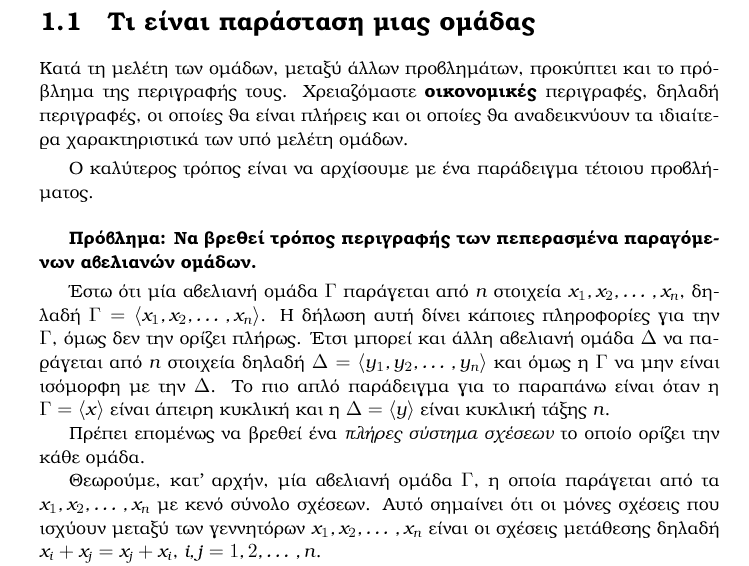The Kerkis Font Family
For LaTeX
Among other features, Kerkis for LaTeX makes wide use of double forms for
several letters according to the hellenic typographic tradition that now
tends to be lost. In particular the letters beta, zeta, theta, rho and phi
have an initial and a different middle-word form.
Old style numbers (known as lower case numbers as well) are included
in the small caps font. Thus they are accessible with the \textsc or \scshape
command.
The fonts contain a full set of latin characters with accents that support
properly all latin-based languages (common like German, French etc and less
common like Icelandic). Special ligatures for "northern" languages like ij
and fj etc (try the word fiji or fjord) are also included and tested to work.
Kerkis is especially usefull for the creation of pdf files due to the fact
that the fonts are in Type1 format.
Download
Download the following zip file: Kerkis_for_LaTeX.zip
Installation
If you have the previous version of kerkis installed you must first remove it or overwrite
it. To do this or just to install it do the following steps:
- Replace or place the type1 files: locate the old files named k.pfb,
ki.pfb, kb.pfb etc and
delete them. Place the new files in the same place you had the old ones probably
in texmf/fonts/type1/kerkis or in this directory (create it!) if
you did not had kerkis before.
- Replace or place the afm files: locate the files k.afm,
ki.afm,kb.afm etc and
delete them. Place the new afm files in the same place you had the old ones
probably in texmf/fonts/afm/kerkis or in this directory (create
it!) if you did not had kerkis before.
- Replace or place the tfm and vf files (k8a.tfm,
ek8a.tfm, gk7a.tfm etc),
in texmf/fonts/tfm/kerkis and texmf/fonts/vf/kerkis.
- Replace or place the old kerkis.sty, .fd files from the tex subdirectory
of the distribution in texmf/tex/latex/kerkis.
- Replace or place the .enc files from the dvips subdirectory of the distribution
in texmf/dvips/base/kerkis (old ones might be in
texmf/dvips/base/).
- Place the all html files from the doc subdirectory in texmf/doc/latex/kerkis.
- Place the kerkis.map file in texmf/dvips/base/kerkis.
If you had kerkis before edit the file psfonts.map (found in texmf/dvips/config
and/or texmf/dvips/base) and delete all entries relating to kerkis.
- Run texhash (on unix) or refresh the filename database (in MikTeX).
- Find the file updmap.cfg open it in an editor
and add the line: Map kerkis.map
- Run updmap (on MikTeX I am not sure how to do this. Alternatively you
may append the contents of the file kerkis.map of the distribution to psfonts.map
after step 7 above, refresh the filename database (step 8) and skip steps
9 and 10).
- Remove all bitmaps you may have from older kerkis instalations (remove
all .pk files in /var/lib/texmf/pk teTeX (on unix) texmf-var/fonts/pk in TeXLive
and localtexmf\fonts\pk in MikTeX.
You are ready to use the fonts now. Just
note the following:
1. Load the kerkis.sty package after you load the inputenc package
with the iso-8859-7 option
2. The -j option of dvips (which is usually the default) may not work properly
with older TeX installations (it works with modern ones). If you run into
such problems with dvips, either turn it off by issuing dvips -j0 file.dvi
or use the bitmap generation utility gfstopk by issuing dvips -V file.dvi
Stylistic issues
Kerkis is a Neoclassical font. We believe that its strictly rationalist axis
makes it ideal for scientific typesetting. Moreover its moderate contrast
and apperture makes it perfectly readable. Its serifs are adnate so that
it guides your eyes smoothly on the line.
Kerkis is a calm and quiet face that does not interfere with the expression
of important ideas in your documents.





